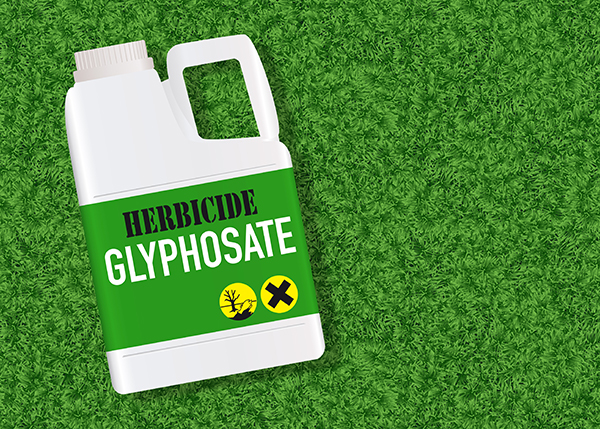
Published in Scientific Reports, it showed that adult white-tailed deer with elevated levels of neonicotinoids in their spleens developed certain defects, such as smaller reproductive organs and pronounced overbites, as well as reduced thyroid function.
Meanwhile, white-tailed deer fawns with high levels of the pesticides in their spleens were smaller and far less healthy than fawns with lower levels of neonicotinoids in their organs.
This study is the first to examine the harmful effects of neonicotinoid consumption on the reproductive health of large mammals.
“[The] fact that [white-tailed] deer are not that far off from our livestock or even humans suggests that maybe we need to be examining these insecticides,” said Jonathan Lundgren, an ecologist and independent scientist from Estelline, South Dakota, who co-authored the paper.
Neonicotinoids: a danger to deer
White-tailed deer is one of two deer species found in Montana, where the use of neonicotinoids is widespread. Lead researcher Jonathan Jenks said he first became concerned about neonicotinoid use after reading reports of abnormalities among Montana's wild deer population.
But reports like these are not new. In 2002, for instance, researchers found that almost three-quarters of 133 male deer studied suffered from genital abnormalities. On the other hand, 519 white-tailed deer studied from 2001–2010 were found to have facial deformities.
To determine whether or not exposure to neonicotinoids was causing abnormalities in white-tailed deer, the researchers studied 21 captive adult female deer. The deer were artificially inseminated during both years of the study and the fawns born to the adults, 24 in 2015 and 39 in 2016, were included.
The team added imidacloprid, a kind of neonicotinoid, to the animals' drinking water at three concentrations: 1,500 nanograms per liter (ng/L), 3,000 ng/L and 15,000 ng/L. The first two concentrations reflected levels of the pesticide found in groundwater in the US and Canada.
Their experiment led to numerous startling results. First, animals in the control group drank more water than those in the treatment group, indicating a dislike for contaminated water. When the researchers examined the spleens of the treated animals, they found that the animals had elevated levels of imidacloprid.
Furthermore, the researchers found that imidacloprid accumulated in several other organs, including the liver and thyroid. Elevated imidacloprid levels were also found in the adults' reproductive system, indicating that fawns could have been exposed to the pesticide while still in the womb.
In addition, the treated deer had smaller organs and smaller bodies. The length of their jawbones also differed from those in the control group. Overall, the treated deer were more likely to die early. “We were not expecting to show the level of the effects that we did, because our concentrations have been found in wetlands,” said Jenks.
Moreover, the fact that imidacloprid was found accumulating in the spleen is of particular importance. In the past, scientists would look for neonicotinoids in animals' livers. But with these new findings, researchers now have a better idea of which organs to monitor for neonicotinoid exposure.
The spleen also plays an important role in the immune system. When spleen function is impaired from things like pesticide exposure, immune function could become impaired as well. Deer with impaired spleen function could become more susceptible to disease as a result.
Unfortunately, Jenks and his colleagues found that traces of imidacloprid were present in some of the organs of deer in the control group, indicating that the pesticide was present in the wild. (Related: Deadly pesticides STILL in use: Neonics are killing bees and birds, warn researchers.)
Overall, the findings suggest that imidacloprid is affecting the survival of fawns. If imidacloprid contamination is not mitigated, exposure to the pesticide could reduce the number of fawns available or that get recruited into deer populations, warned Jenks.
Read more articles about the harmful effects of neonicotinoids and other toxic pesticides at Pesticides.news.
Sources include:
Please contact us for more information.






















